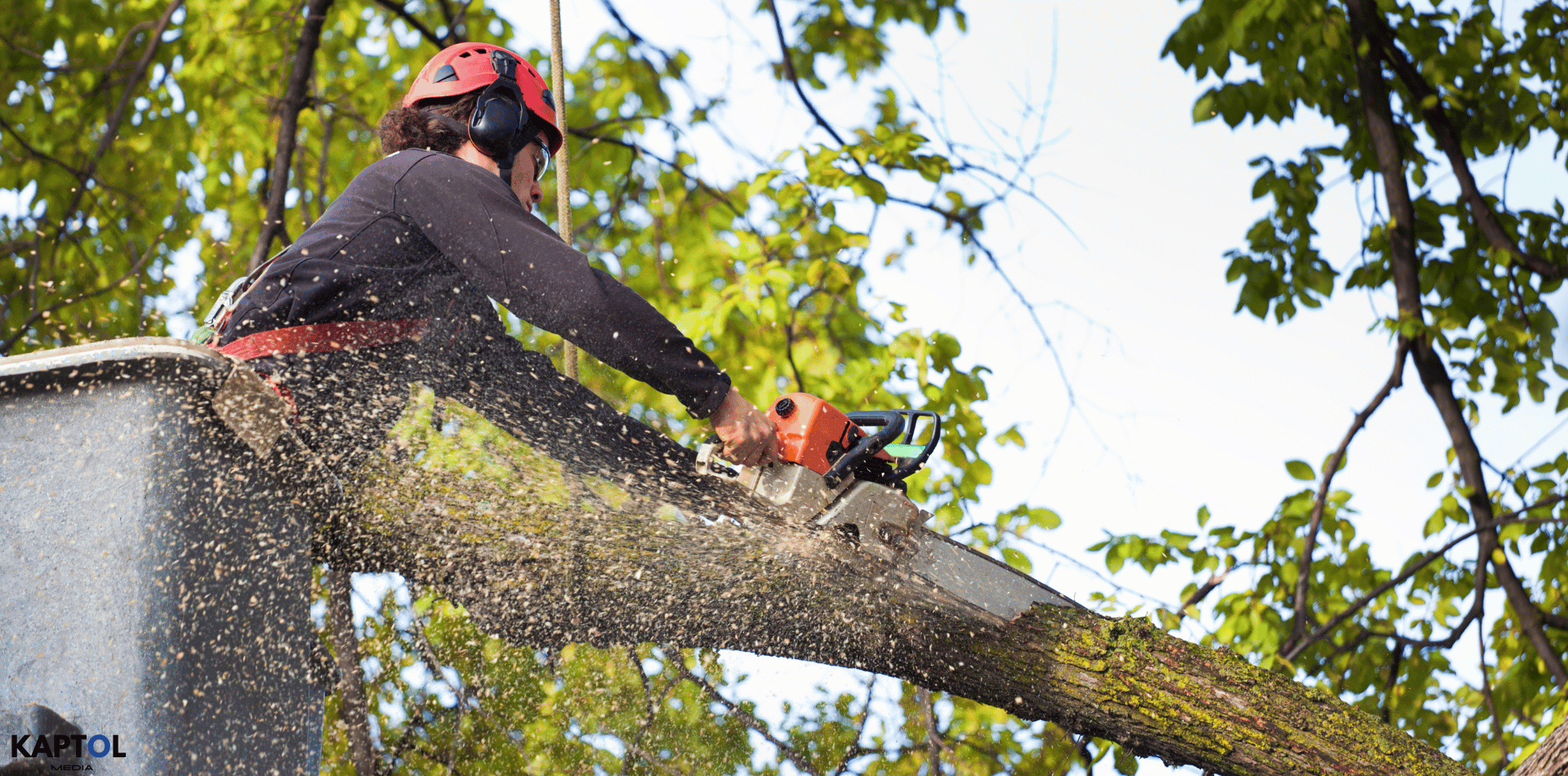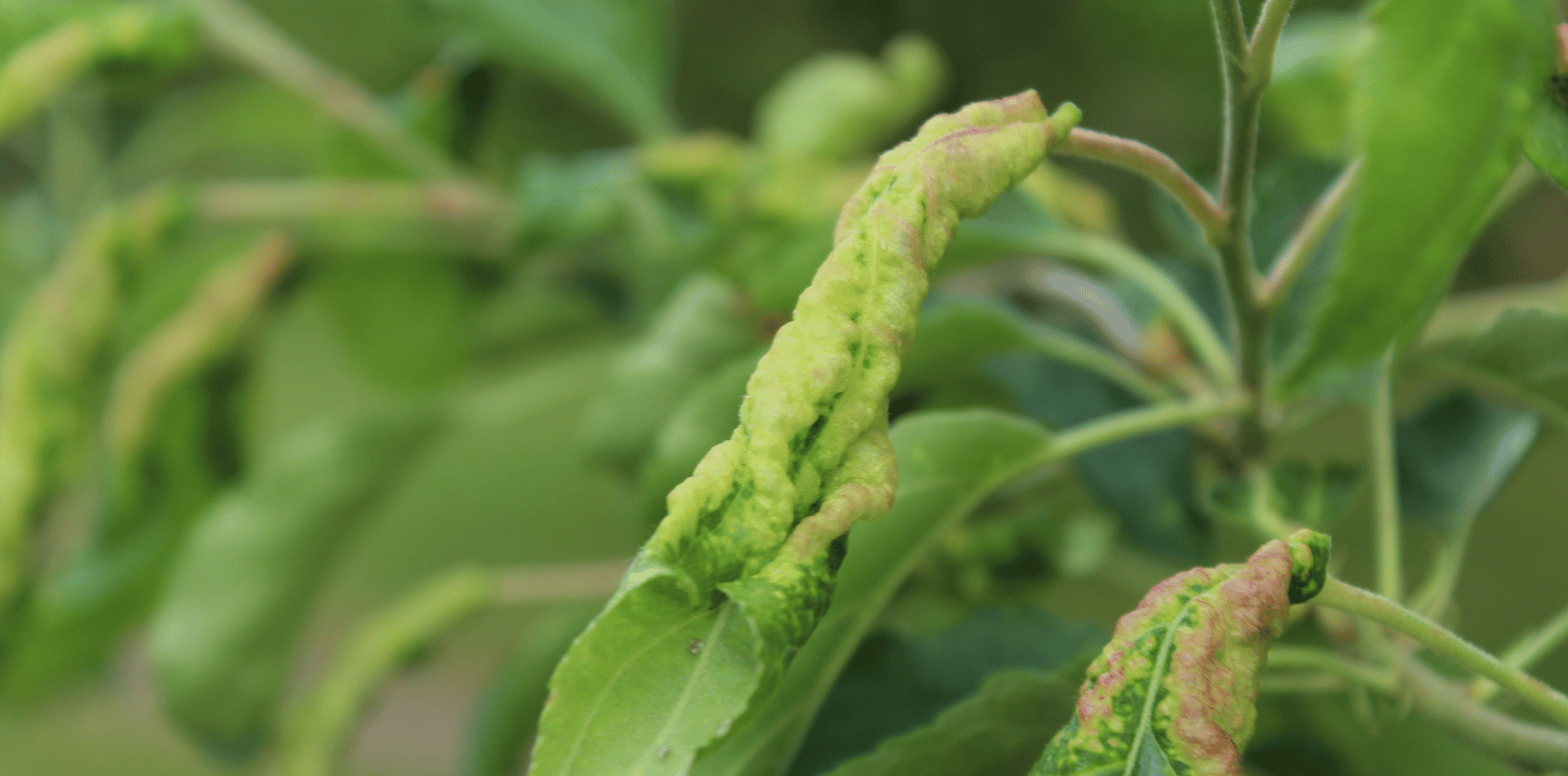A Brief Guide For When To Prune Your Trees
When is the best time to prune your trees?

Winter
The timing of tree pruning is critical for the health and growth of trees, with the dormant season in late winter being generally considered the best time for this activity.
During this period, most trees are in a state of dormancy, which minimally impacts their growth cycle and helps in the healing process post-pruning.
However, the specifics can vary based on climate, tree species, and the goals of pruning.
Late Winter Pruning
Timing: Late winter, just before the spring growth starts, is ideal.
This timing allows trees to heal quickly from pruning wounds and to put their energy into new growth in spring. It's advisable to wait until the coldest part of winter has passed to minimise the risk of cold damage at the pruning sites.
- Advantages:Reduced Disease Transmission: Many tree diseases and pests are dormant during this time, reducing the risk of infecting the pruning cuts.
- Visibility and Access: Leafless trees provide a clear view of the tree structure, making it easier to identify which branches need to be removed.
- Encouragement of New Growth: Pruning before the onset of spring encourages vigorous growth as the tree comes out of dormancy, allowing the tree to quickly seal pruning wounds and produce new shoots.
Considerations for Specific Tree Species
- Spring Bloomers: Trees that bloom in early spring should ideally be pruned immediately after their blooming period. Pruning these trees in late winter might remove the buds that will bloom in spring.
- Summer Bloomers: Trees and shrubs that flower in the summer or late season are better pruned in late winter or early spring since they typically bloom on new growth.
Seasonal Pruning Guidelines
- Autumn Pruning: Generally, pruning should be avoided in Autumn. Wounds heal slower during this time, and fungi spores are more abundant, increasing the risk of infection.
- Emergency Pruning: Regardless of the season, trees can be pruned anytime when safety is a concern, such as removing broken, dead, or diseased branches that pose a risk of falling.
Professional Guidance
- Consultation with Professionals: For significant pruning tasks or when in doubt, consulting with a certified arborist or a tree care professional is advisable. They can provide guidance on the best pruning practices tailored to the specific needs of your trees and local climate conditions.
Other Factors to Consider
- Tree Age and Health: Younger trees might benefit from more frequent pruning to establish a strong structure, while mature trees may only need occasional pruning to remove deadwood and maintain health.
- Local Climate and Weather Conditions: In regions with mild winters, the dormant period might be shorter, adjusting the best pruning time. Conversely, in very cold regions, it's crucial to wait until extreme cold has passed to prevent cold injury.
Understanding these nuances ensures that pruning is done at the most opportune time, promoting healthy growth, enhancing the aesthetic appeal of trees, and maintaining their structural integrity.
Spring
Pruning trees in spring requires a nuanced approach to balance the desire for full flower growth with the health and structural integrity of the tree. Understanding the growth and blooming cycles of trees is crucial for effective pruning.
Many people like to have full flower growth in their trees.
Spring blooming trees should be pruned once their flowers have faded.
However, mid to late summer bloomers should be pruned in late winter or early Spring.
Pruning Spring-Blooming Trees
Spring-blooming trees, such as cherry, crabapple, and lilac, set their flower buds in the previous year.
To maximise flower display while maintaining tree health:
- Timing: Prune these trees immediately after their flowers fade but before new bud set begins. This typically falls in late spring or early summer. Pruning at this time allows the tree to heal quickly without sacrificing the next year's blooms.
- Goals: Remove any dead, diseased, or damaged wood. Thinning out crowded branches can improve light penetration and air circulation, which benefits the tree's overall health. It's also an opportunity to shape the tree or control its size.
- Techniques: Use clean, sharp tools to make precise cuts. For aesthetic pruning, focus on removing only the necessary branches to maintain the tree's natural form. Over-pruning can stress the tree and reduce its vigor.
Pruning Mid to Late Summer Bloomers
Trees and shrubs that bloom in mid to late summer, such as crepe myrtle and hydrangea, generally flower on new growth.
Pruning them at the right time encourages healthy blooms:
- Timing: Prune these trees in late winter or early spring, before new growth begins. This timing encourages the growth of shoots that will bear flowers in the same year.
- Goals: The primary aim is to stimulate healthy new growth that will support robust flowering. For these species, pruning can also help to maintain an attractive shape and prevent the tree from becoming overgrown or leggy.
- Techniques: For trees that bloom on new growth, more aggressive pruning is usually tolerated. This can include cutting back the previous year's growth by a significant amount, depending on the species and desired outcome. However, always consider the tree's health and avoid removing more than a third of the tree's overall volume in a single year.
General Spring Pruning Tips
- Health and Safety First: Regardless of bloom time, remove any branches that are dead, diseased, or pose a safety hazard. This can be done at any time of year but is especially important in spring when identifying problematic branches is easier.
- Consider the Bird Nesting Season: In many areas, spring is a critical time for nesting birds. Check for active nests before pruning, and if possible, delay pruning until after birds have fledged to avoid disrupting wildlife.
- Mulching and Watering: After pruning, provide the tree with a layer of mulch around its base to help retain soil moisture and protect the roots. Ensure the tree receives adequate water, especially in the weeks following pruning, to support its recovery and growth.
By adhering to these guidelines, you can ensure their trees not only produce a vibrant display of flowers but also remain healthy and structurally sound for years to come.
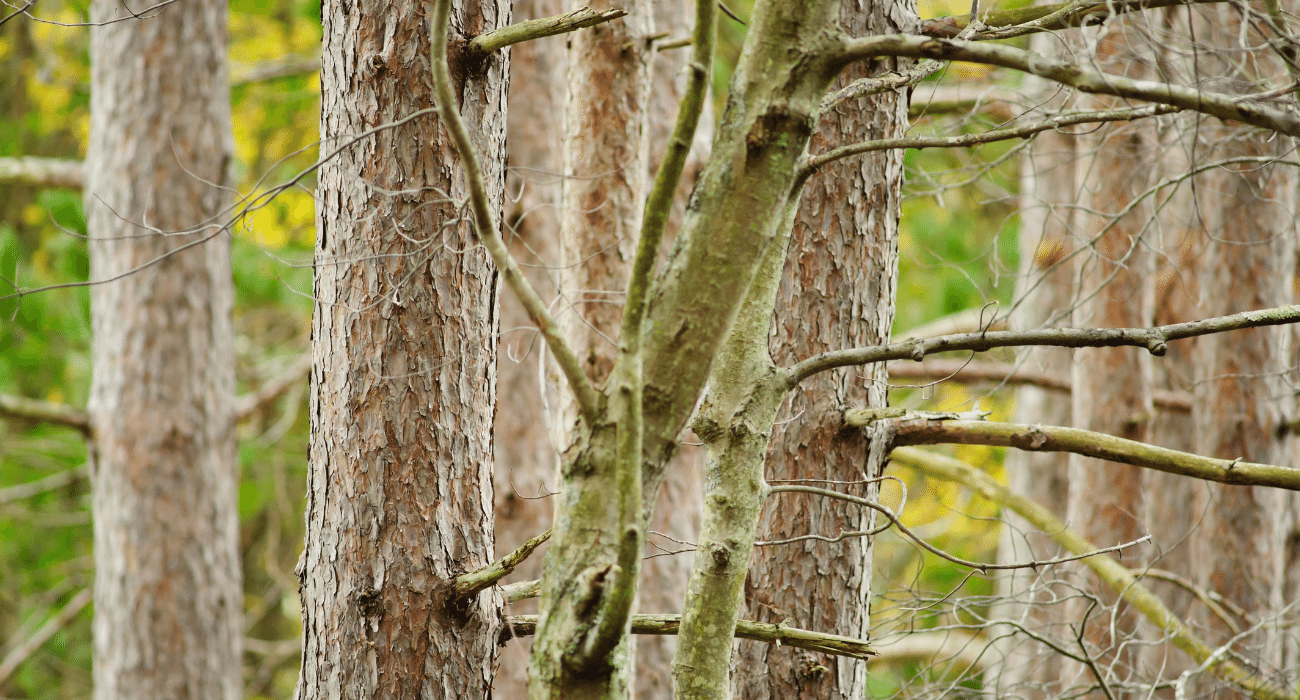
Summer
Summer pruning is a strategic practice that can be particularly beneficial for managing the growth and health of trees.
By pruning in summer, after the primary growth cycle has completed, gardeners and arborists can make more informed decisions about which branches to remove. This timing offers several advantages and can be applied with specific goals in mind.
Summer pruning will slow down the growth of the branches you don't want to keep.
It's easier to see problem branches, and remove them, once the growth cycle has finished.
With less leaf surface, the tree makes and sends less food to the roots for growth.
Objectives of Summer Pruning
- Growth Control: Pruning in summer can be used to slow down the growth of certain branches, especially those that are not desired or are growing more vigorously than the rest of the tree. This is because removing foliage reduces the tree's ability to photosynthesise, subsequently reducing the amount of energy produced and sent to the roots for growth.
- Structural Correction: It's easier to identify structural issues such as crossing branches, water sprouts (vertical shoots that grow from the trunk or older branches), and competing leaders (main branches that compete with the central leader for dominance) when the tree is in full leaf.
- Disease and Pest Management: Removing diseased or pest-infested branches during the summer can help prevent the spread of certain diseases and pests that are more active during the warmer months.
Best Practices for Summer Pruning
- Timing: Wait until the tree has completed its main growth spurt in early to mid-summer. This typically occurs after the spring growth flush has hardened off and matured.
- Selective Pruning: Focus on removing only the problem branches, such as those that are diseased, damaged, or structurally unsound. Avoid heavy pruning that removes a significant portion of the tree's leaf mass.
- Light Thinning: Instead of a heavy cut, opt for light thinning to improve air circulation and light penetration throughout the canopy. This can help reduce the incidence of some diseases and pests.
- Water Sprouts and Suckers: Remove water sprouts and suckers (shoots that grow from the base of the tree or roots). These typically do not contribute to the tree's structural integrity or aesthetic form and can divert energy from more productive growth.
Considerations and Cautions
- Avoid Excessive Pruning: Removing too much foliage during the summer can stress the tree, as it relies on its leaves for photosynthesis and energy production. Limit pruning to no more than 25% of the total leaf area in a single season.
- Heat Stress: Be mindful of the potential for heat stress, especially in very hot climates. Exposing previously shaded areas of the tree and underlying ground to direct sunlight can lead to sunburn on the bark and soil desiccation.
- Pest and Disease Timing: Understand the life cycles of common pests and diseases in your area. Pruning at the wrong time can inadvertently open up wounds that are more susceptible to infection during peak disease transmission periods.
Additional Benefits of Summer Pruning
- Enhanced Fruit Quality: For fruit trees, summer pruning can help improve the size, colour, and quality of the fruit by increasing exposure to sunlight and reducing the tree's overall fruit load.
- Immediate Impact: Because the tree is in full leaf, the effects of pruning are immediately visible, allowing for more precise shaping and aesthetic decisions.
By following these guidelines, summer pruning can be an effective tool in a comprehensive tree care program, contributing to the health, productivity, and beauty of trees in the landscape.
Autumn
Pruning trees in autumn is generally advised against for several reasons related to tree health and the seasonal increase in fungal diseases.
This period of transition from the growing season to dormancy presents unique challenges for trees, making them more vulnerable to stress and infection.
Let's look at why autumn pruning is less favorable and the science behind these recommendations:
Increased Presence of Decay-Causing Fungi
- Fungal Activity: Autumn conditions, with cooler temperatures and higher humidity, are ideal for the proliferation of fungi, including those that cause decay in trees. Fungi spores are more abundant in the air during this time, increasing the risk of infection at pruning sites.
- Wound Closure: Trees begin to enter a state of dormancy in autumn, slowing down their metabolism and growth processes, including the ability to heal or seal off wounds. Pruning cuts made during this time heal more slowly, leaving wounds exposed for longer periods, which can invite fungal colonisation and subsequent decay.
Slower Healing and Increased Susceptibility
- Compromised Defense: Trees have natural defense mechanisms to seal pruning wounds and prevent the entry of pathogens. In autumn, these mechanisms are not as robust because the tree is preparing for winter, diverting its energy to root development and nutrient storage rather than wound healing.
- Energy Depletion: Pruning requires trees to expend additional energy to heal. Doing so in autumn can deplete the tree's energy reserves, which are crucial for surviving the winter and supporting new growth in spring.
Recommendations for Autumn Tree Care
Given these considerations, it's important to adjust tree care practices in autumn to support tree health and prepare them for the winter:
- Delay Pruning: If possible, delay pruning until late winter or early spring, just before the active growth begins. This timing takes advantage of the tree's natural growth cycle for faster wound healing and reduced disease risk.
- Remove Only the Necessary: If pruning in autumn is unavoidable, such as for safety reasons or to remove dead or diseased branches, be as conservative as possible. Focus only on the branches that pose an immediate risk or are clearly unhealthy.
- Sanitation Pruning: Autumn is a good time for cleaning up fallen leaves and debris around trees, especially if they are diseased. This can help reduce the source of fungi and other pathogens in the immediate environment.
Alternative Autumn Care Practices
Instead of pruning, focus autumn tree care on other activities that support tree health and vigour:
- Mulching: Apply a layer of organic mulch around the base of trees to insulate the soil, retain moisture, and provide nutrients as it decomposes.
- Watering: Ensure trees are adequately watered, especially if the autumn has been dry. This helps trees enter winter well-hydrated, which is crucial for their overall health.
- Protection: Prepare young or sensitive trees for winter by protecting them from potential damage from frost, snow, or animals.
By understanding the risks associated with autumn pruning and opting for alternative care practices, you can help ensure your trees remain healthy, resilient, and well-prepared to withstand the winter and thrive in the following growing season.
No matter what time of year you choose to prune your trees, it's always a good idea to consult a qualified and experienced Arborist or Tree Service Company.


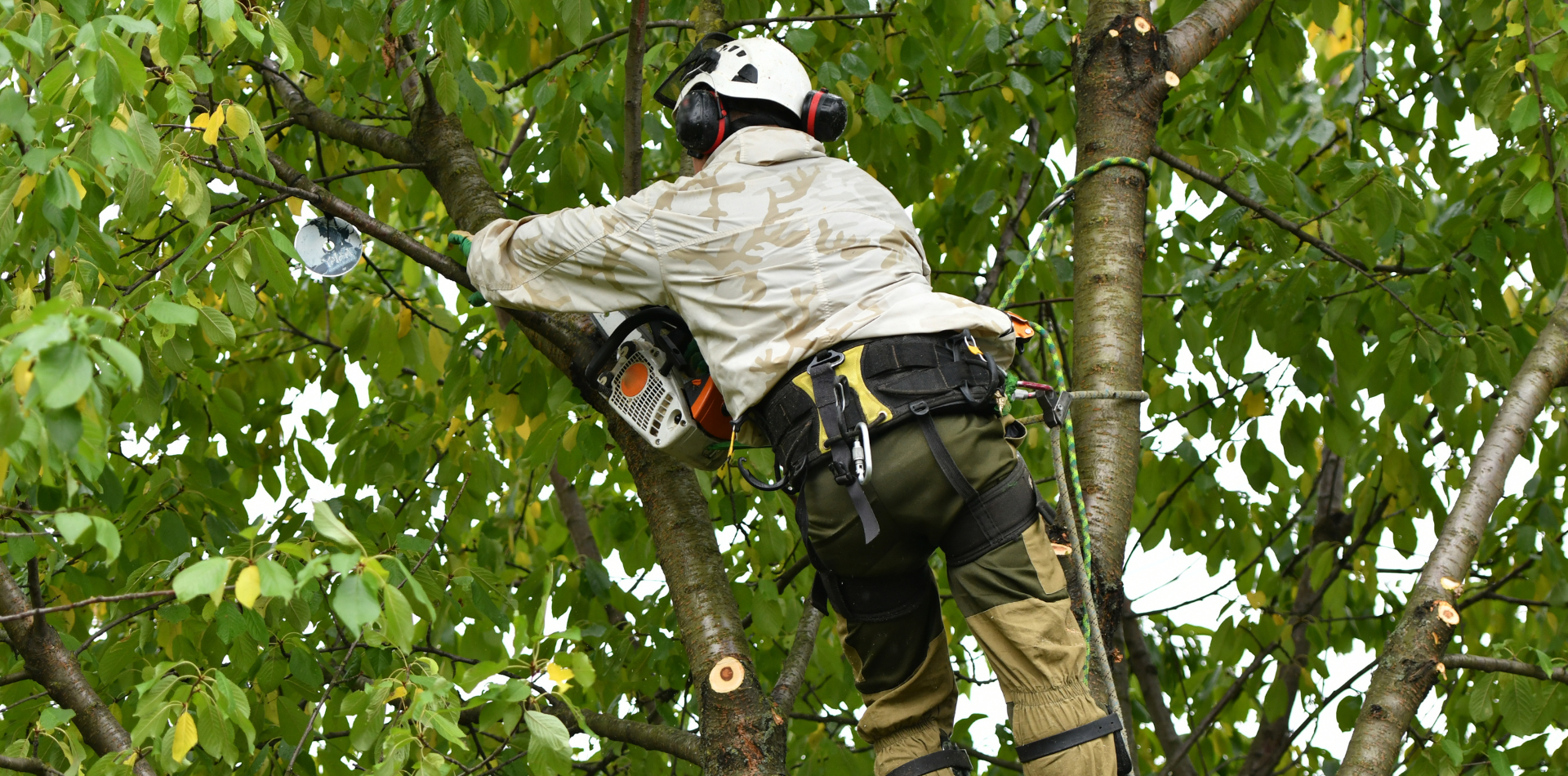
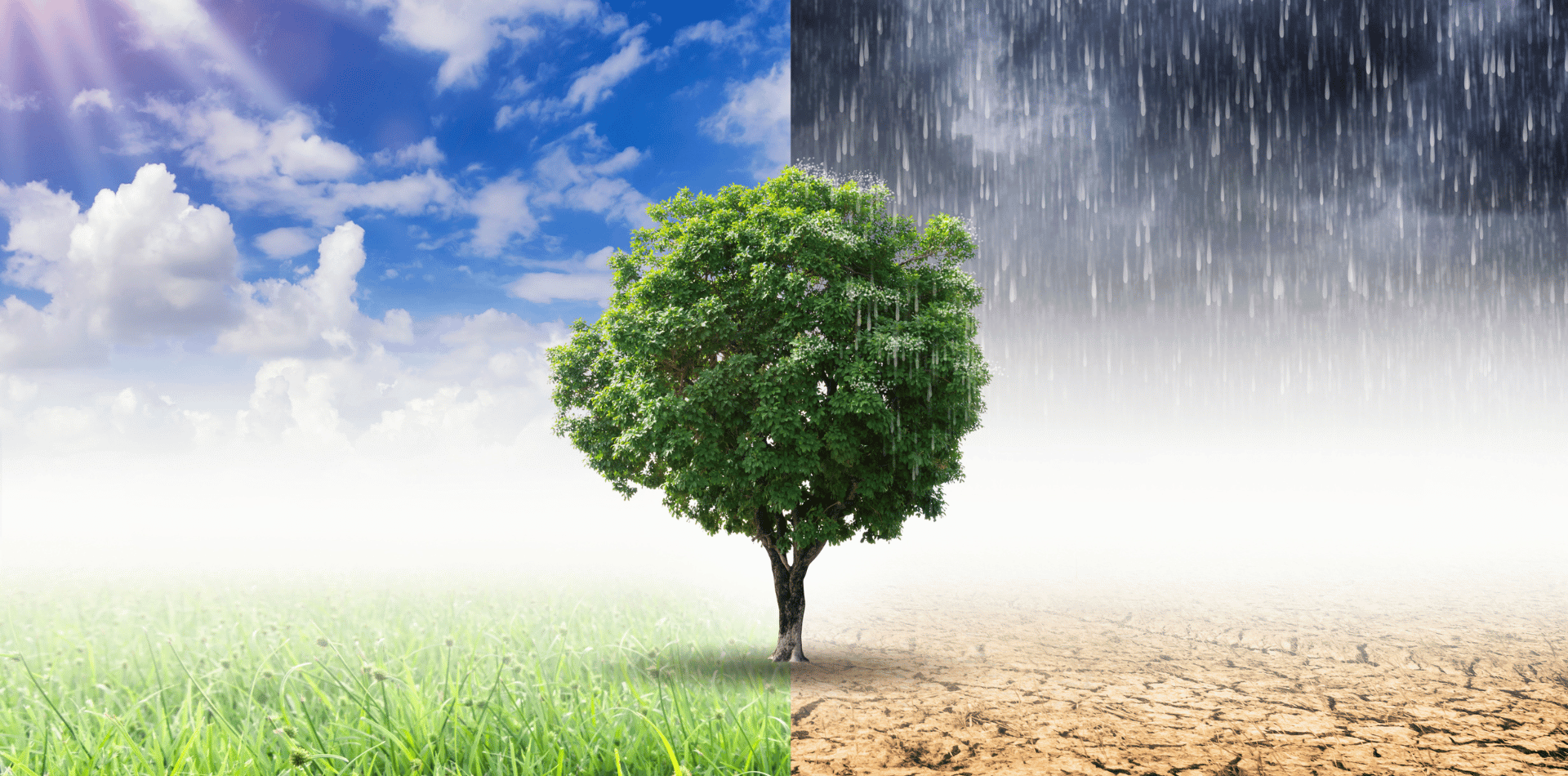
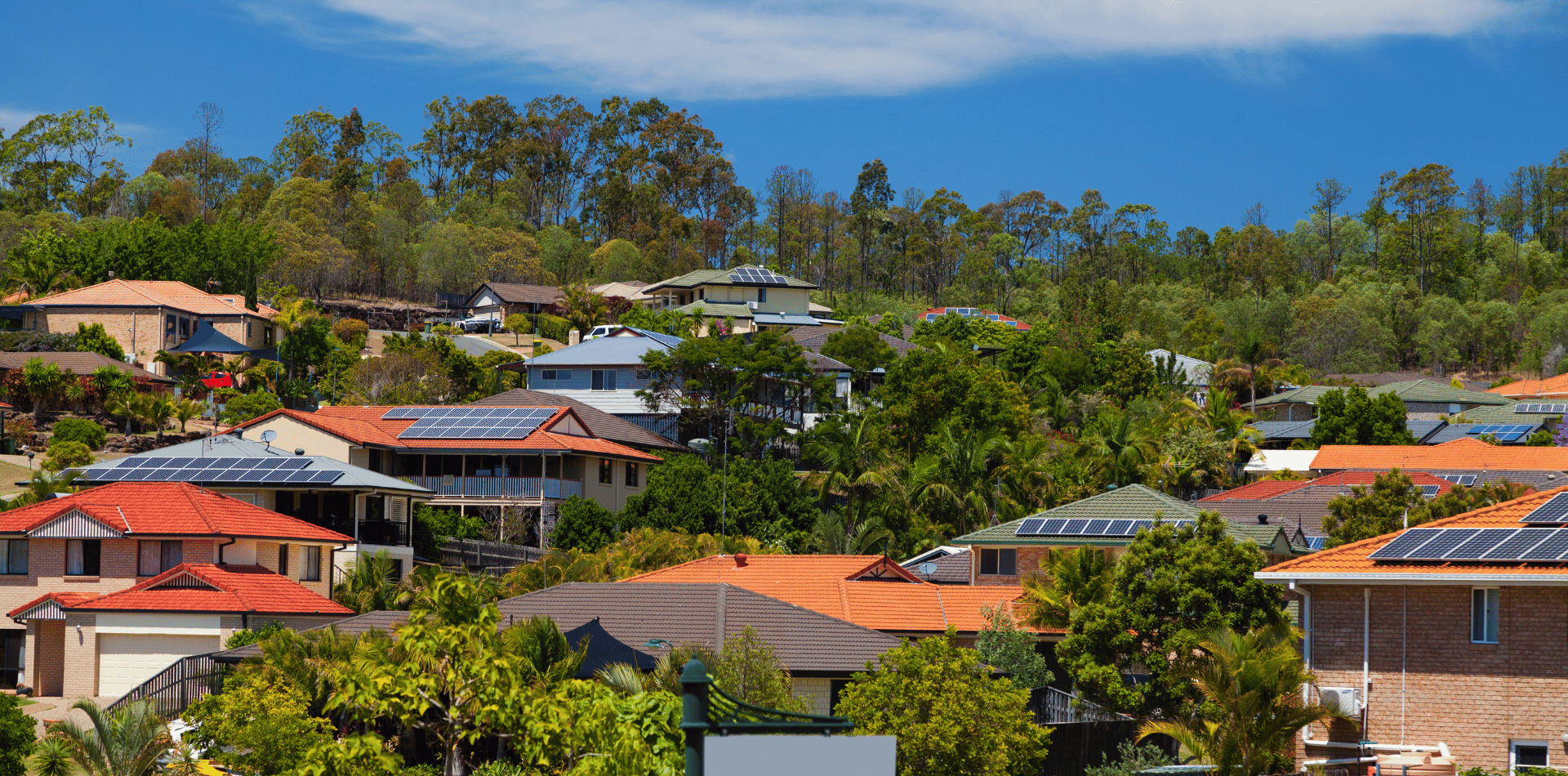
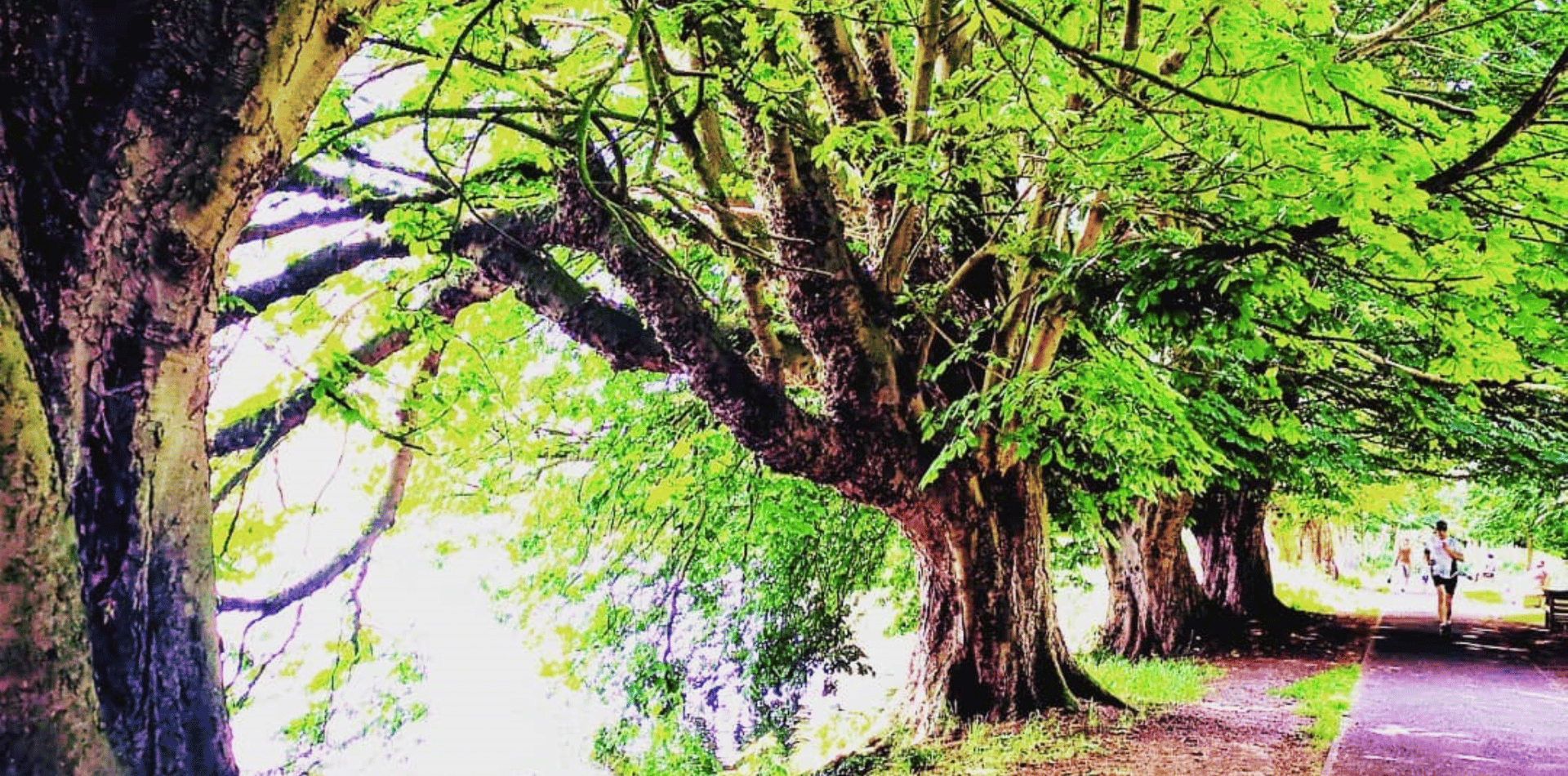
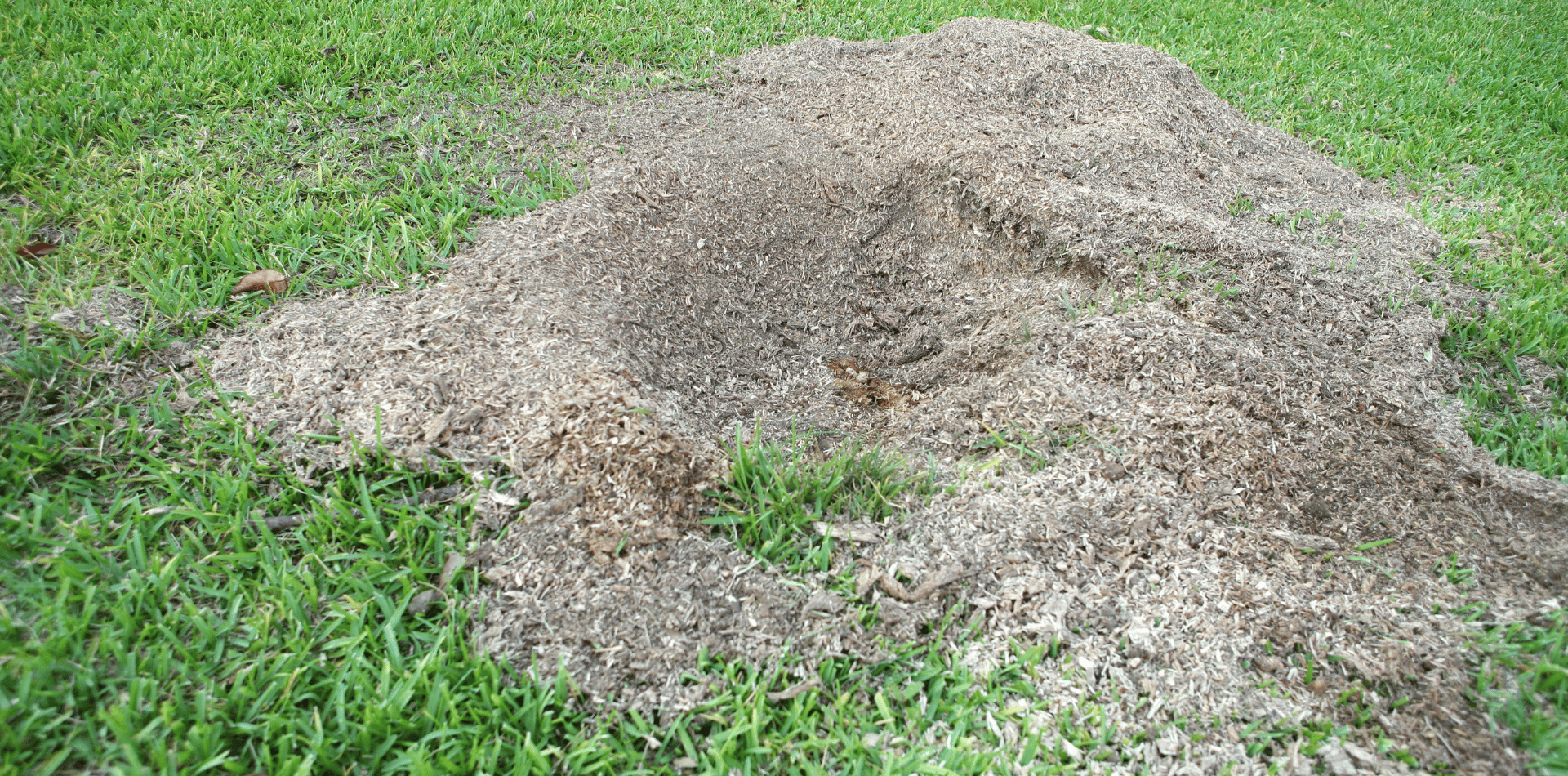

Contact
Kaptol Tree Removal Newcastle
A Member of the Kaptol Group
Powered by Kaptol Media

